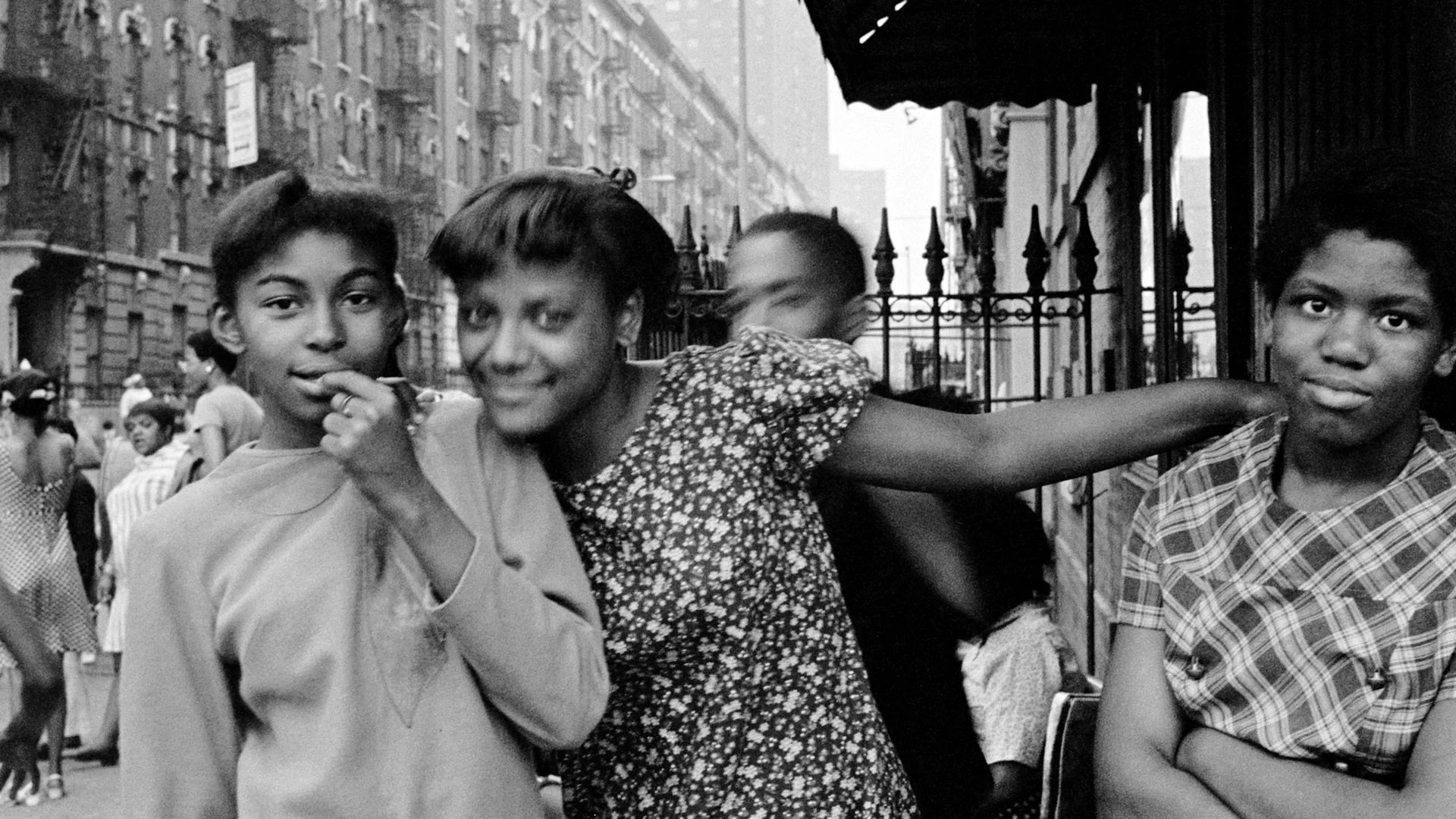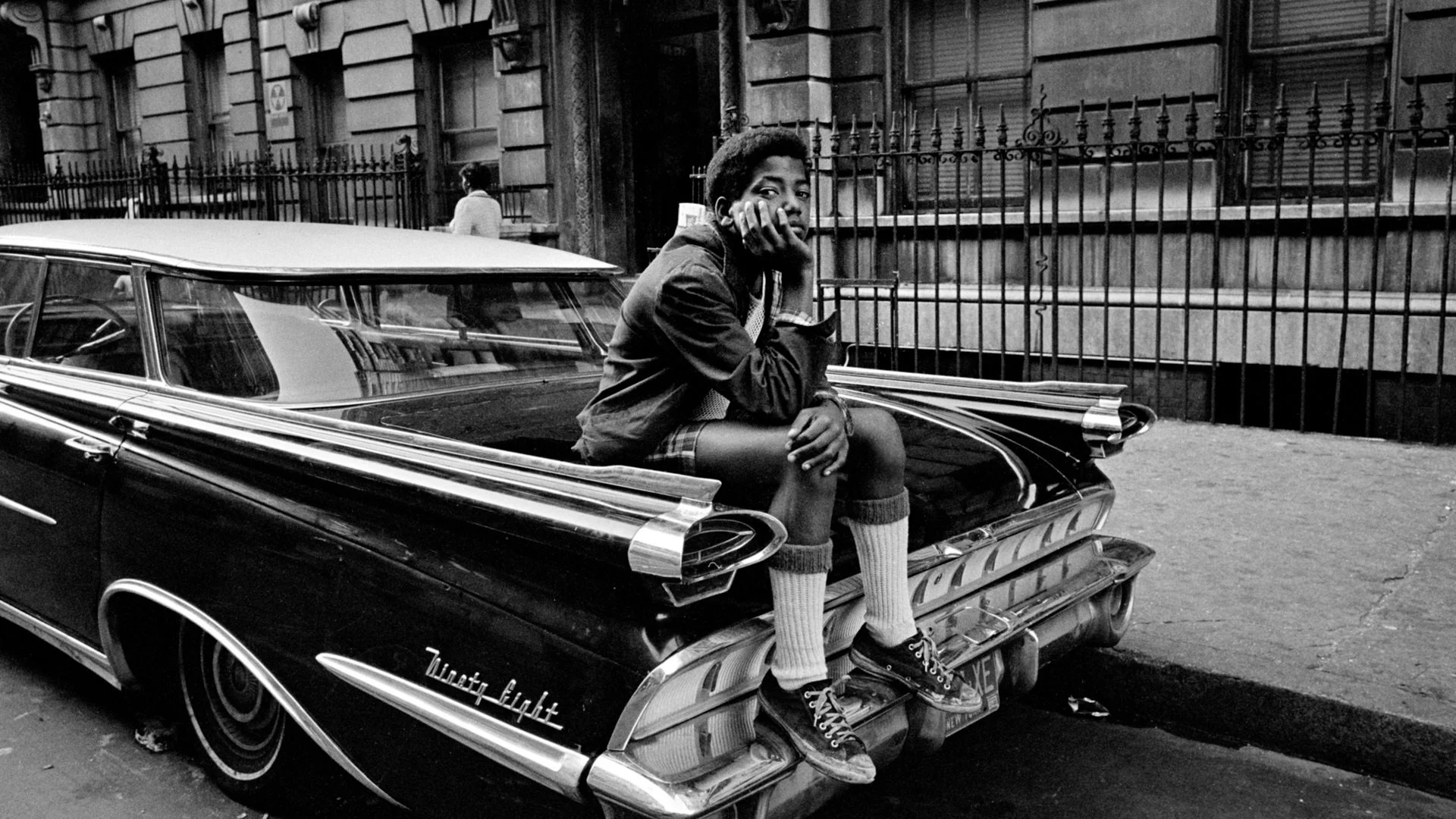Ernest Cole Lost and Found: Remembering a Forgotten Photographer of Apartheid
By Liam Lacey
Rating: A-
Through the last quarter century, the Haitian-born, French-based filmmaker Raoul Peck has moved between dramatic features (Lumumba) and poetic documentary (I Am Not Your Negro) with an impressive consistency of innovation and moral seriousness.
In I Am Not Your Negro, Peck explored author James Baldwin’s legacy using the writer’s words fashioned into a screenplay read by actor Samuel L. Jackson over archival photos and video clips. Peck’s latest, Ernest Cole: Lost and Found uses a similar lightly fictional autobiographical narration, voiced by actor LaKeith Stanfield, to tell a moving and immersive account of the short life of the groundbreaking South African photojournalist.
Cole’s 1967 book House of Bondage — which provides the most potent images in the film — detailed the outrages of apartheid, from the razing of Black neighbourhoods, the brutal living conditions of precious metal miners, and the 1960 Sharpeville massacre, when police killed 69 protestors. Stanley’s voiceover narration integrates entries from Cole’s notebooks with letters to family and friends. The sole talking head interview in the film with Cole’s nephew Leslie Matlaisane, the executor of his estate.
It’s a story of triumph, sadness, and posthumous vindication. Born in 1940 in Pretoria, Cole began taking photographs as a child. In his late teens, he was hired as a photo editor’s assistant by the magazine, Drum, and by his early twenties, was freelancing his work to various publications.
Inspired by Henri Cartier-Bresson’s 1955 book, The People of Moscow, he began working on a larger project, often working covertly, documenting the abuses of apartheid. In 1966, he travelled to New York with his prints and arranged a publishing deal with Random House, resulting in House of Bondage’s publication. The book was banned in South Africa and Cole was not allowed to return home.
After the success of his book, Cole was commissioned to do another book on race in the United States, but that book was never completed. Pigeonholing Cole as a protest artist, publishers felt his work chronicling Black families in the North and South, “lacked edge.”
After his sudden fame, Cole suffered from culture shock and homesickness. He struggled professionally and psychologically for the rest of his life, experiencing periods of depression and homelessness. He died from cancer at the age of 49 in 1990, eight days after Nelson Mandela’s release from prison.
Peck cannot be credited with sole responsibility for reviving interest in Cole’s work. The film includes excerpts of interviews from a documentary on Cole made in 2006 by Drum editor Jürgen Schadeburg. Over the past 15 years, there have been a number of retrospective exhibitions of his work.
Most importantly, in 2017, someone uncovered about 60,000 of his negatives in a Stockholm bank box. These included some wonderfully evocative New York street photography along with personal writing. Cole had lived briefly in Sweden, but how the photos ended up in a bank and who paid for them is the film’s unsolved mystery.
Following the discovery of this trove of material, House of Bondage was republished in 2022 in an expanded edition. As well, photos from his abortive American book were published in The True America (2023).
There are pluses and minuses to Peck’s hybrid of narrative and documentary approach (his next subject using this technique will be George Orwell).
Here, the voiceover of the subject’s supposed voice, in Stanfield’s distinctly American accent, can sometimes be distracting, particularly in sequences when Cole seems to be instructing from beyond the grave on how to interpret photographs that speak eloquently for themselves.
On the positive side, Peck’s fleet approach briskly compresses a great deal of information without clumsy interview setups and joins the dots between Black political and artistic freedom then and now while literally gives an important activist-artist a voice again.
Ernest Cole: Lost and Found. Directed by Raoul Peck. At Toronto’s TIFF Lightbox and theatres across Canada December 6.




